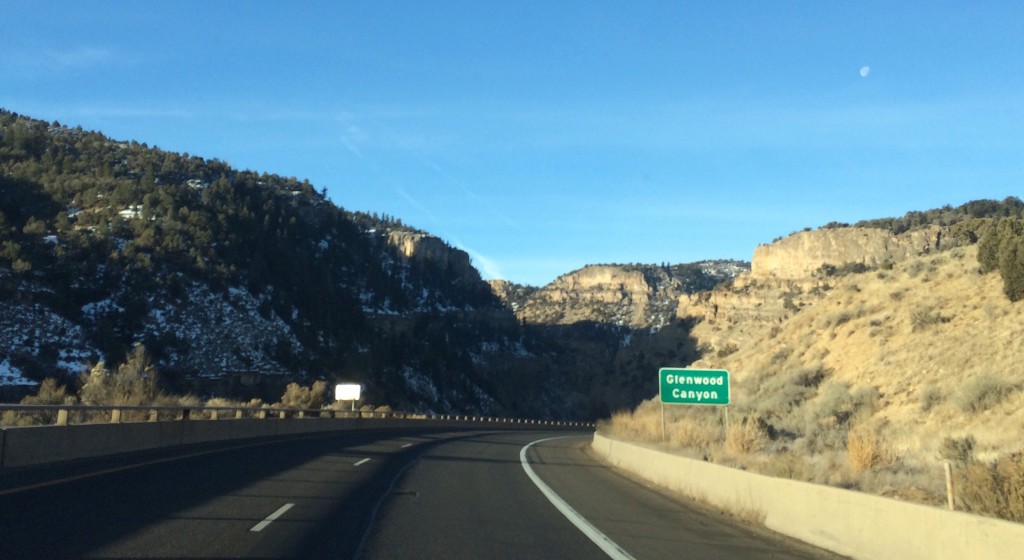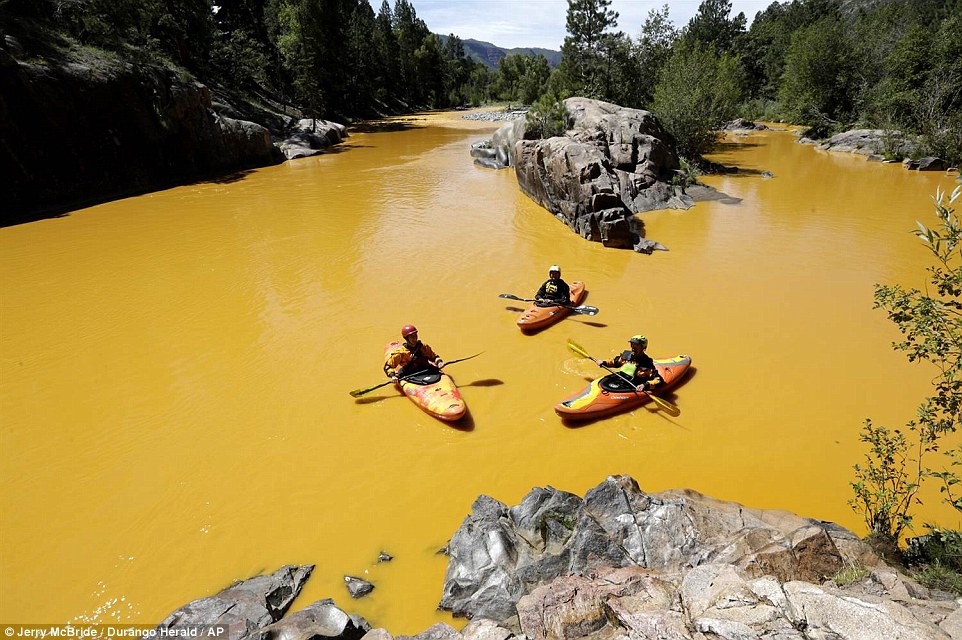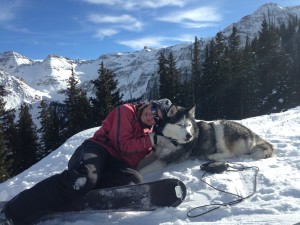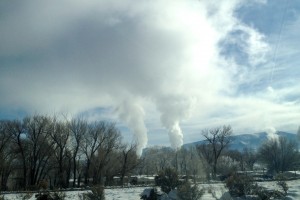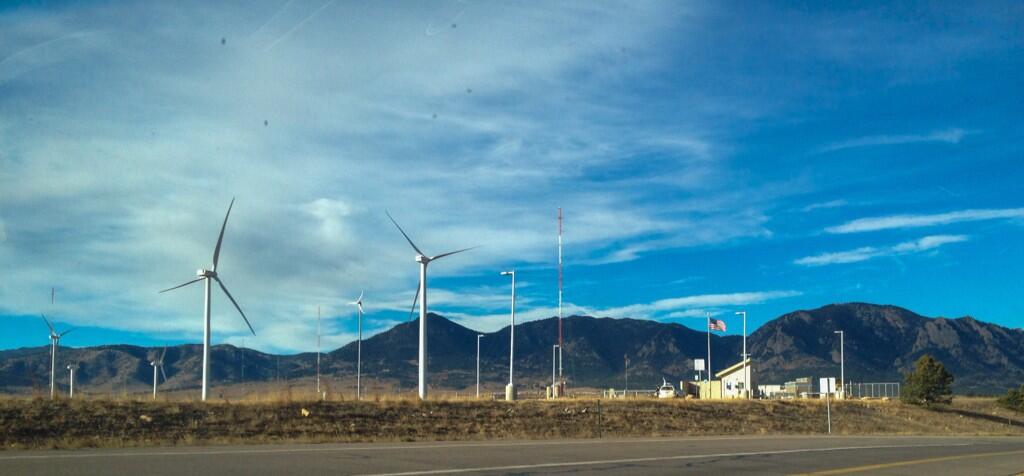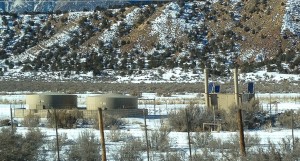Driving on I-70 through Colorado is beautiful. From Denver to Vail the drive through the mountains is spectacular. You go over two 10,000+ ft mountain passes – the Continental Divide and Vail Pass. Then there’s a big change. The geography and geology transform drastically as you approach Glenwood Canyon. Even if you have no interest in geology or physiographic provinces, it’s a fun, cool drive. Here’s the drive-by look at the geography and geology of the canyon. “Layman’s terms. None of that inside bs jargon.” Continue reading
Tag Archives: colorado
The Toxic Animas River
You’ve seen the orange yellow water. It’s diluted downstream. But do you know what toxins were actually released in the Animas River? What are the hazards of this contamination? Here’s a look at the Toxic Animas River.
Although the metals will dilute downstream, they are heavy metals. That means much of it has settled on the bottom of the river and/or attached to organic matter. That’s good. The settled metals will be covered over by more river sediment, which reduces exposure. That’s bad. They’re still in there, exposed to the water and can be kicked up. Continue reading
TNEP Profile: Kim Wheels, Energy Consultant
Kim Wheels could go by many different titles, but the one I like the most is Energy Consultant.
Kim lives in Ophir, CO, a small town at nearly 10,000 feet outside Telluride. She provides home energy efficiency consultation through her business, Lotus Energy Solutions, and is the Energy Programs Coordinator for Eco Action Partners, San Miguel County’s sustainability organization. She is a mechanical engineer by education and training, but isn’t a mechanical engineer. Her career in renewable energy and sustainability is a blend of her technical skills, a deep interest in renewable energy, her love of being outdoors, and being connected to the community of southwestern Colorado.
We met through a mutual friend while skiing at Eldora this winter. When she began describing her work and life in Telluride, CO, I knew she would make an interesting profile. She has found a balance that many environmental professional look for – to do the work you enjoy while also enjoying the very reason you do the work. That means being able to ski, play, and enjoy nature, while working to protect it.
We talked about her work, finding a niche as an environmental professional, and the difficulty in summing up our work in a single title. Even Energy Consultant can mean several things. I think the first quote by Kim sums it up well.
KW: It’s not just, what am I doing for work and am I making enough? Its, how does this fit with the life that I truly want to live and am I connected enough with nature and the outdoors? Continue reading
Exploring Environmental Art: Fish Fossil
This is part of a series where I explore interesting pieces of environmental art.
This cool 6-7 foot fish fossil, titled “Still Waters” by Gary Sutphin, is displayed outside an entrance to the Colorado Mills Mall in Lakewood, CO. It is not a museum. It is clearly displayed as art. Does it fit within the category of “environmental art”? If I ask myself this questions then it probably does. It’s science, a fossilized prehistoric fish, displayed like a painting or sculpture. Therefore, yes it is very much environmental art. If this piece gets you thinking about fossils, dinosaurs, prehistory, or big fish, then the artist has done his part to create environmental art. Continue reading
Environment of Beer: Left Hand Brewing, Longmont, CO
This is the second brewery I’ve written about, so it’s officially the start of my Environment of Beer series.
Left Hand Brewing in Longmont, CO hosted the Rocky Mountain Chapter of CHMMs for our September meeting. Our visit to the brewery included a presentation by Plant Manager, Jake Kolakowski, and a tour. It was a unique opportunity to look at the environment of a craft brewery and of course, sample good beer. Continue reading
Do You Know Where Your Energy Comes From?
Coal, natural gas, nuclear, wind, solar, biomass, geothermal, mouse running on a wheel? Do you know where your energy comes from? As an environmental professional I take for granted that my electricity come mostly from coal and partly from wind and/or geothermal. My home heat comes from natural gas. I was teaching an environmental class recently and was surprised at questions regarding how much coal is used to power our homes and cities.
If you’re not in the environmental field, but keep an eye on the news, you still may have heard news about the Keystone XL pipeline, oil production booming in North Dakota, T Boone Pickens, or fracking. Do you know these issues are all related to you watching reruns and driving to Costco? If you don’t know what’s powering your TV, don’t worry, it seems many people don’t. Here is your guide to a basic understanding of where your energy comes from and where you can get more information.
The United States energy comes from coal 37%, natural gas 30%, nuclear 19%, hydropower 7%, other renewable 5% (biomass 1.42%, geothermal 0.41%, solar 0.11%, wind 3.46%), petroleum 1%, and other gases < 1%. All of the data presented here and below is from the US Energy Information Administration. To me, the most interesting thing about this data is that solar is only producing 0.11% of our electricity. I assumed much more than that. Despite all the solar panels I see around Colorado, it’s just a blip in the larger energy picture.
That is the US total, but if you live in a state that doesn’t have a nuclear power plant, like I do in Colorado, then your percentages are going to change. In Colorado, 62% of our electricity production comes from coal and 6% comes from wind. Both are nearly double the national average.
Looking around the country, here is some interesting energy usage in three other states.
- Pennsylvania generated 40% of its net electricity from coal and 35% from nuclear power in 2013.
- In Florida, natural gas accounted for 62% of Florida’s net generation, coal 21%, and nuclear power accounted for 12%.
- In 2013, 70% of Oregon’s net electricity generation was from conventional hydroelectric power plants and other renewable energy resources.
You can see how much it varies from states to state. Here are two good resources to find out exactly, “Where does my energy come from?”
- The US Energy Information Administration provides all the state data here.
- Even better, the EPA has a Power Profiler site where you enter your zip code and it provides you a break down of your electrical energy sources.
Energy Environment of the Western Slope
When you drive along I-70 between Vail Pass and Grand Junction through Colorado’s Western Slope it’s easy to get lost in the beauty of the mountain west. In fact, you should get lost in the beauty. If you look a little closer at the landscape, you’ll see all the signs of Colorado’s energy environment – the oil and gas industry, renewable resources, and even history related to the Manhattan Project. I make this drive a few times each year and have seen the growth and change.
Driving east-to-west, you first pass Vail ski resort. Although all you’ll see are the hotels and ski runs, Vail has been a significant player in wind power and sustainability within the resort industry.
You could drive through Glenwood Canyon dozens of times before noticing the Shoshone hydroelectric generating station. It’s been generating power for western Colorado since 1909!
I’ve seen the small town of Rifle go from a rest stop along the highway to a hub for the booming natural gas industry since the boom of 2007-2009. Exit I-70 for some gas or food and you’ll be in traffic behind trucks from Haliburton, Schlumberger, and every other oil and gas company working the west. The impact on the landscape is now hard to miss. One of the more interesting impacts today is all the storage tanks, which are ironically powered by solar panels.
The newest addition to this areas energy resources is the biomass power plant in Gypsum, which just opened December 16, 2013. As I made this drive last week, the steam coming out of the plant was impossible to miss, since it blocked out the sun for a moment. This plant will be burning trees from pine bettle-kill and from forest burn areas to produce steam to produce electricity. This will help clear badly burned and damaged forest areas.
The discussion of biomass as a renewable energy source and environmentally-friendly is not as cut and dry as solar or wind as renewable energy. Biomass is considered carbon neutral, meaning it doesn’t produce any additional carbon dioxide. Although trees are renewable, it’s debatable regarding how renewable versus the amount of energy they produce. Then there is the air pollution. Burning wood produces a lot of particulate matter, which isn’t as toxic as burning fossil fuels, but it is a regulated pollutant under the Clean Air Act. Just think about the last time you sat around a camp fire or your fire place. It’s an interesting, new power source for the west, whose debate will continue.
As you drive west into Grand Junction, there’s no easy-to-see signs of the Department of Energy’s involvement in the Manhattan Project, but it’s there. There is still a DOE facility in Grand Junction, which once processed the uranium from nearby mines. Grand Junction has seen the ups (jobs and growth) and downs (cancers and illness from improper disposal).
Hydroelectric, biomass, natural gas, and nuclear power. That’s an impressive list of resources to take in without leaving the comfort of your cars. It’s an energy environment resource driving tour.

